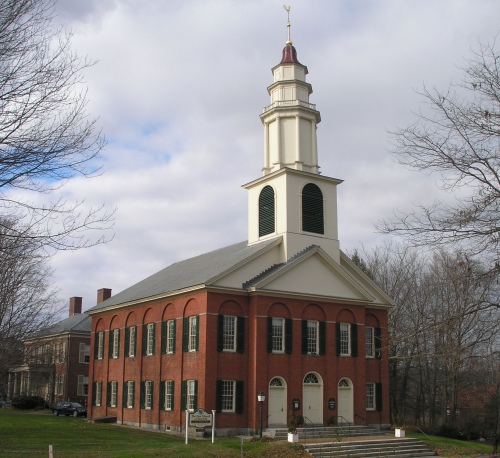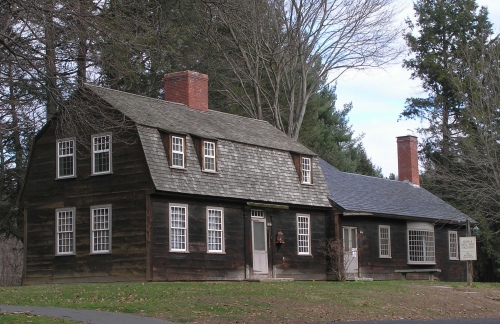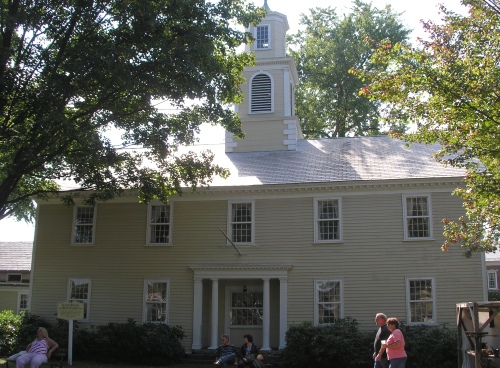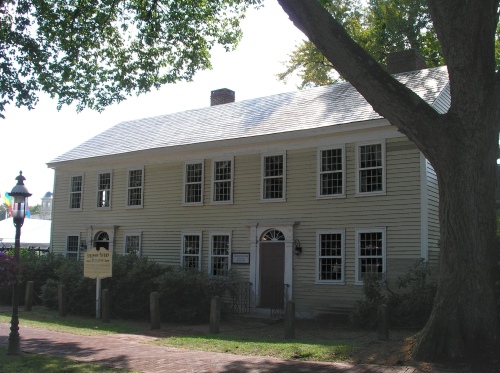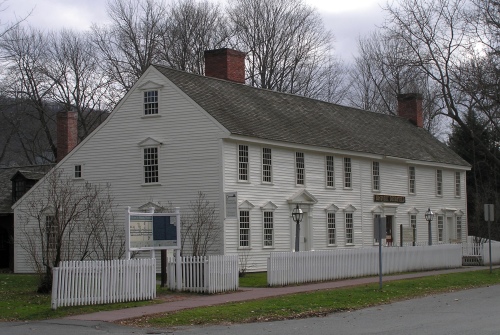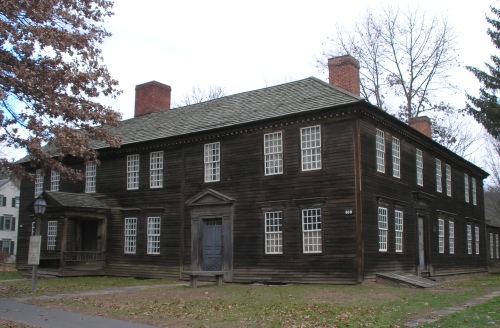Orthodox Congregational Church, Deerfield (1838)
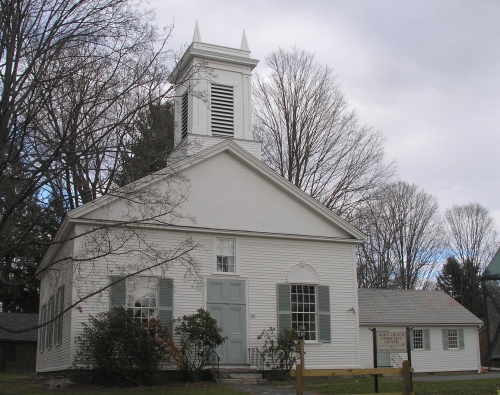
After the First Congregational Church in Deerfield became Unitarian, a group of orthodox Congregationalists separated to make their own church. In 1838, they constructed the “White Church.” The differences between the two churches were resolved in 1931 and in 1957, the White Church was purchased to become part of Historic Deerfield. It is now the White Church Community Center.
